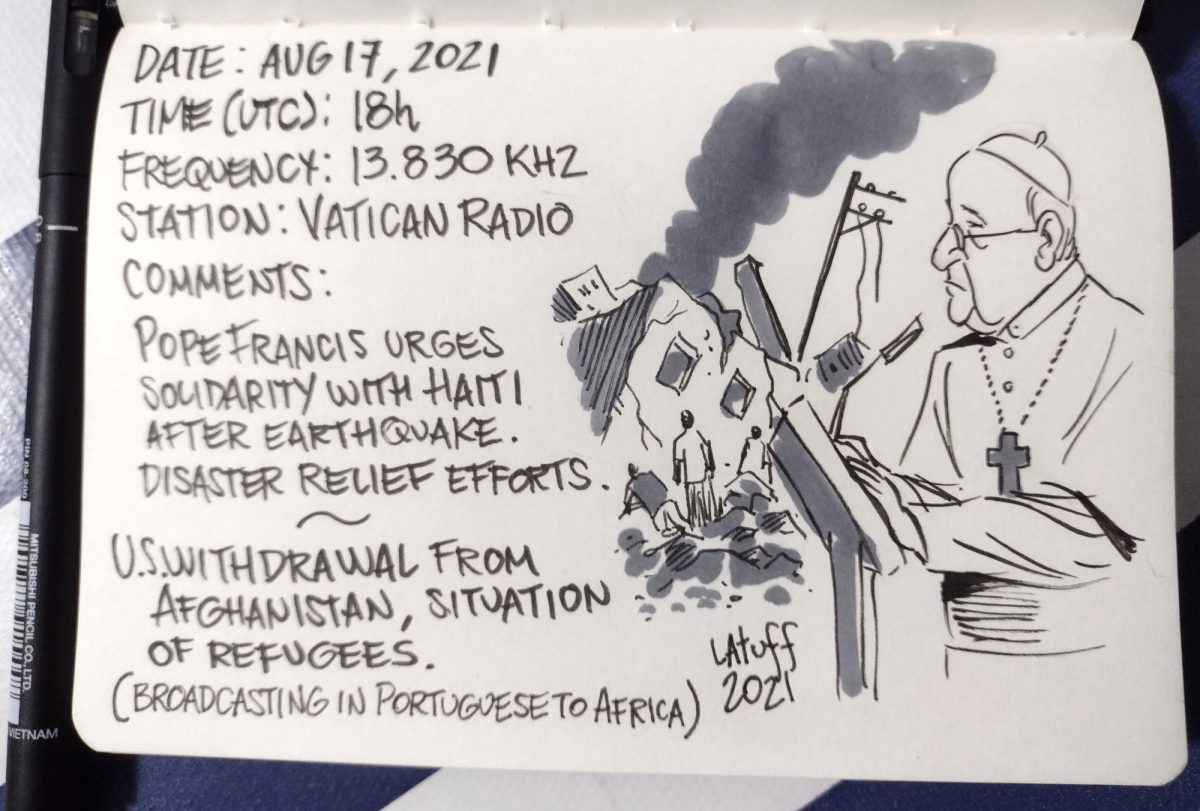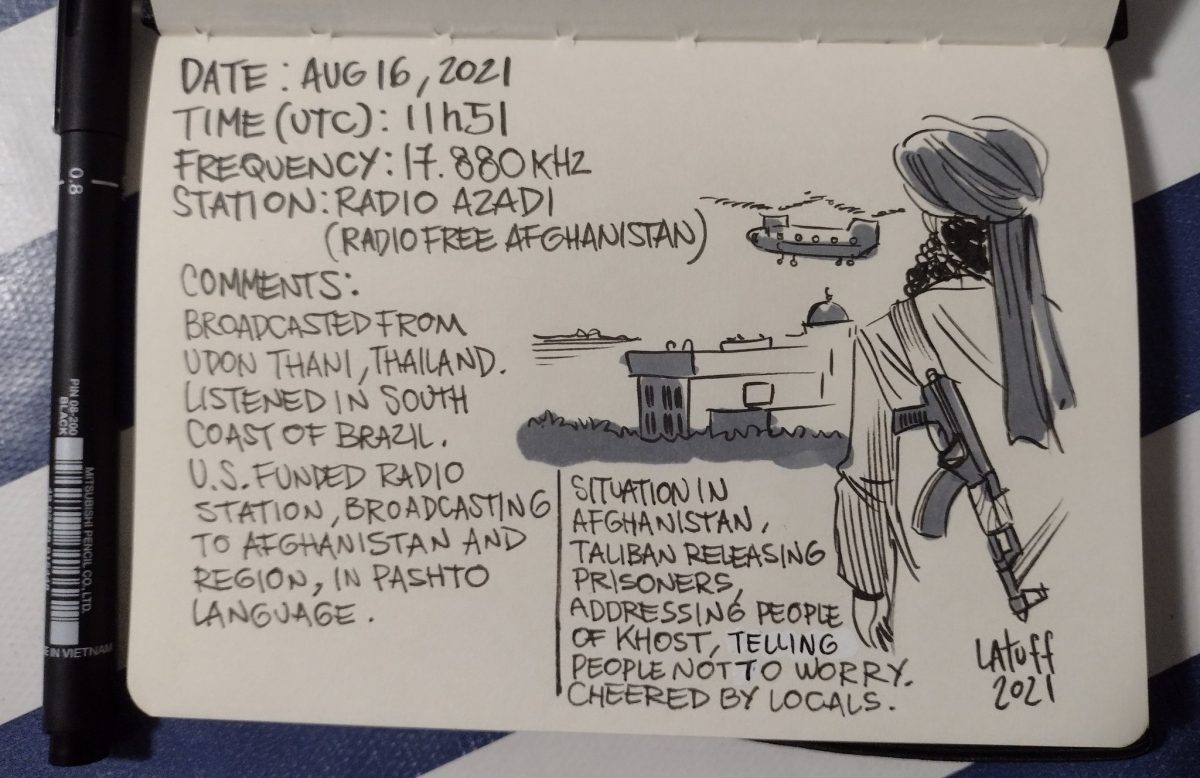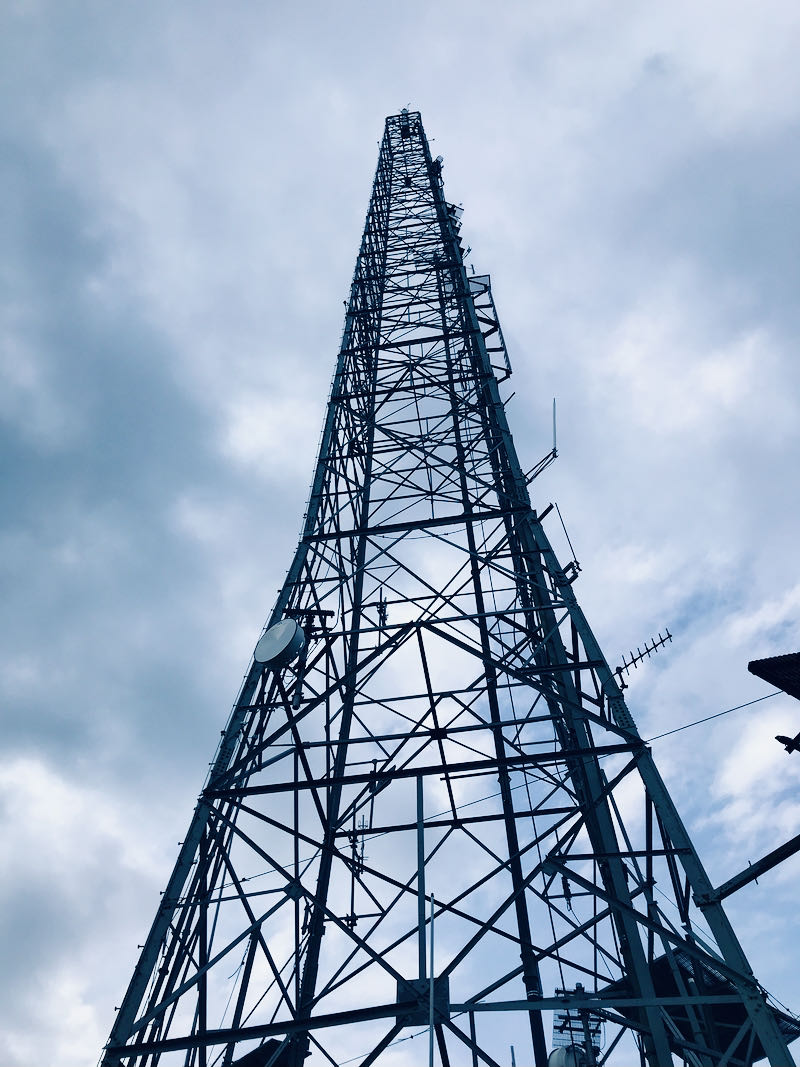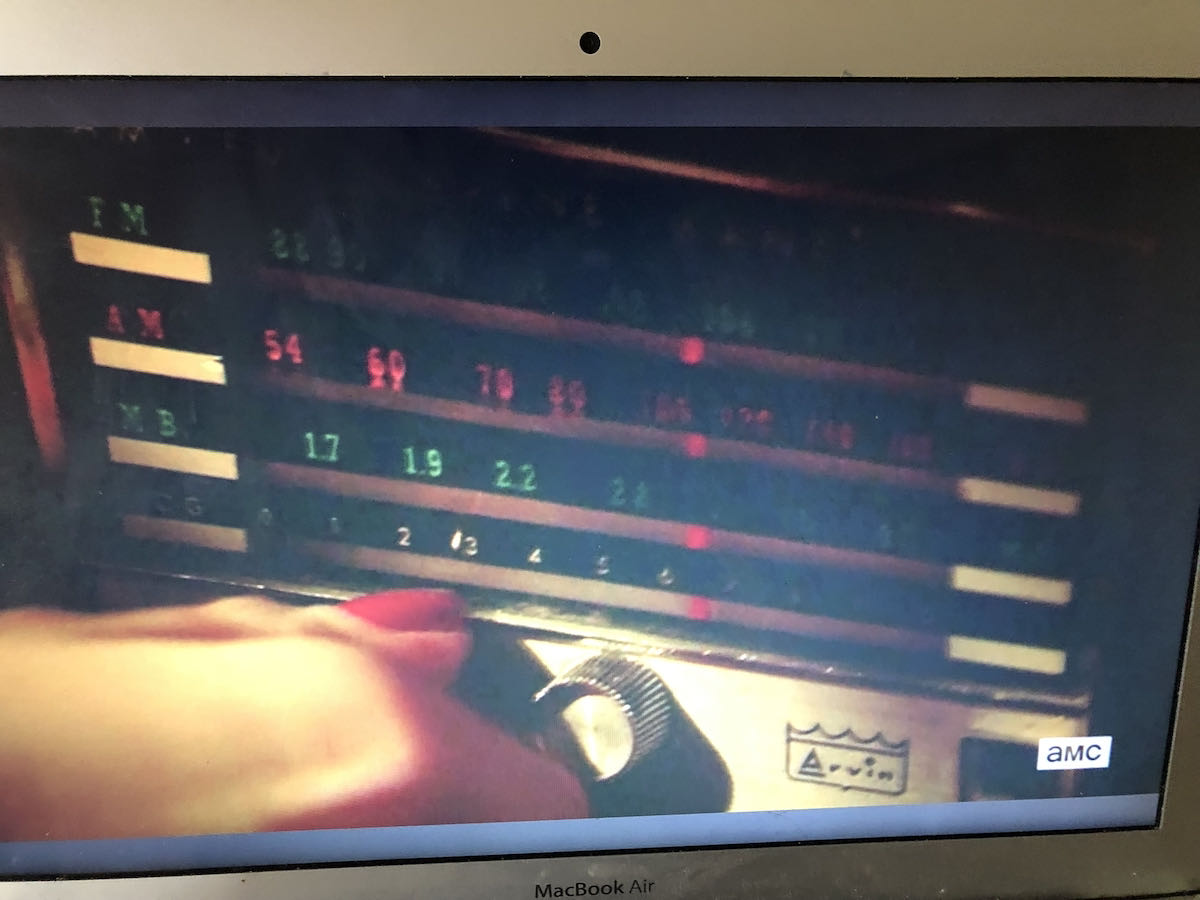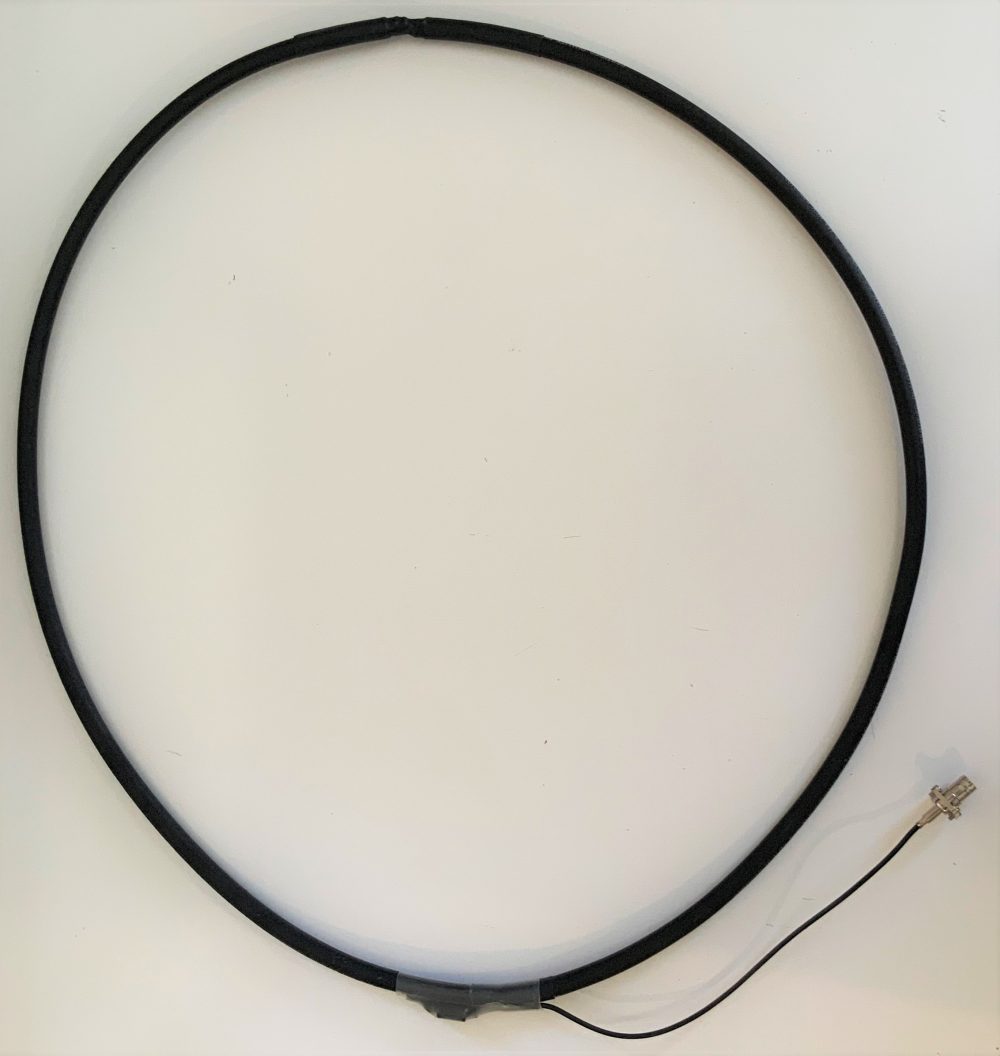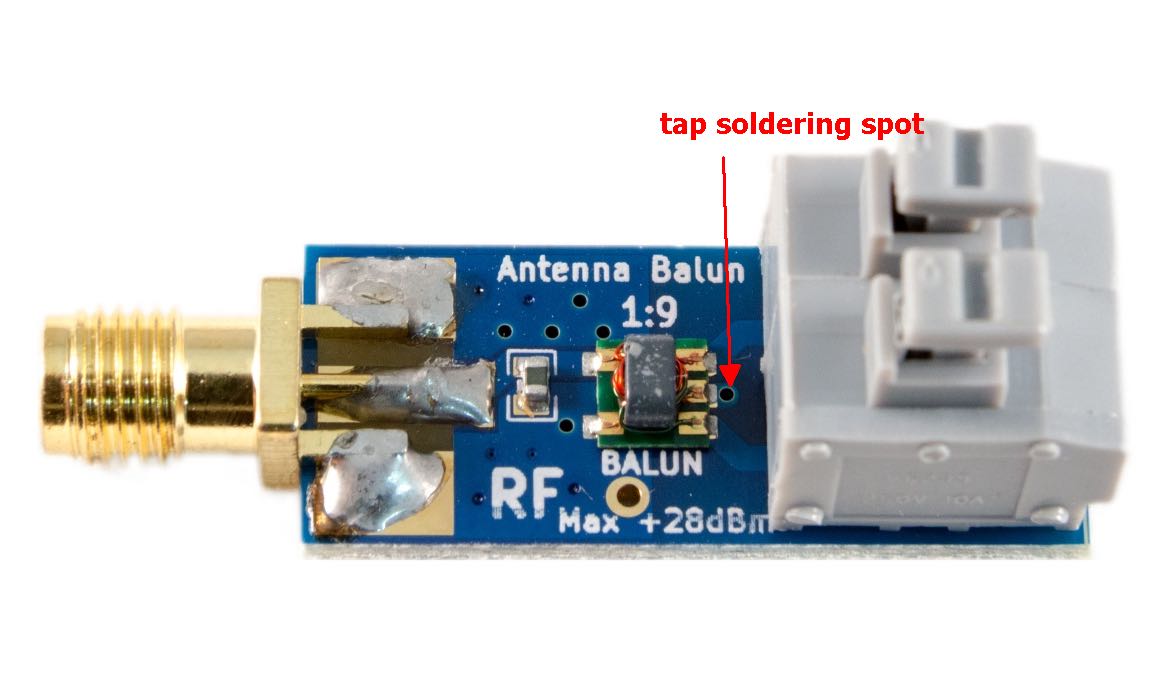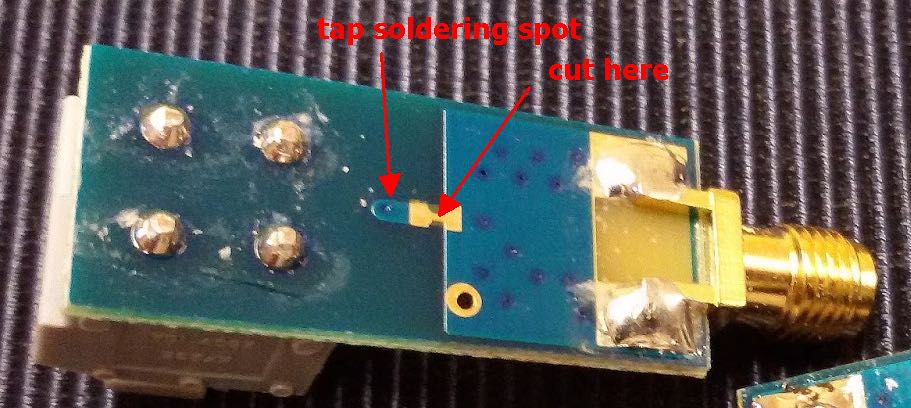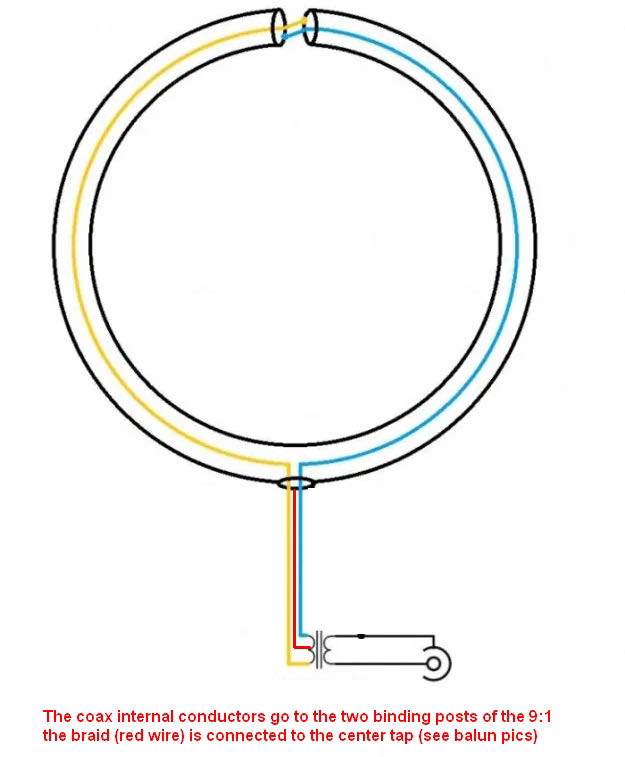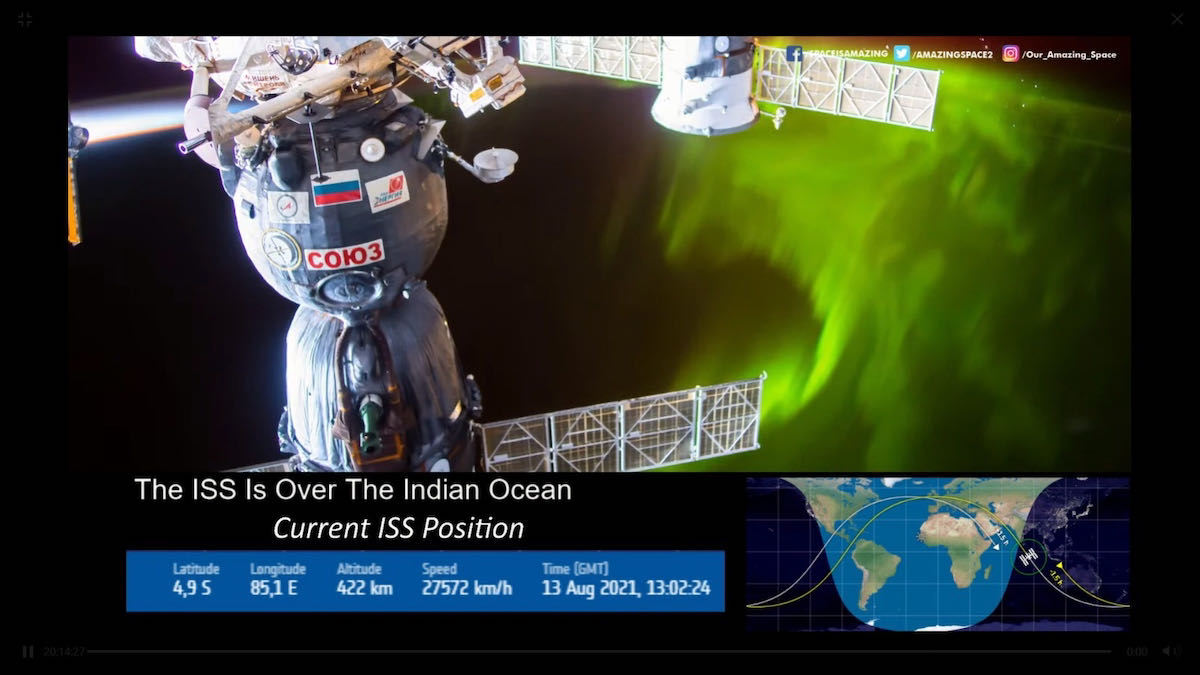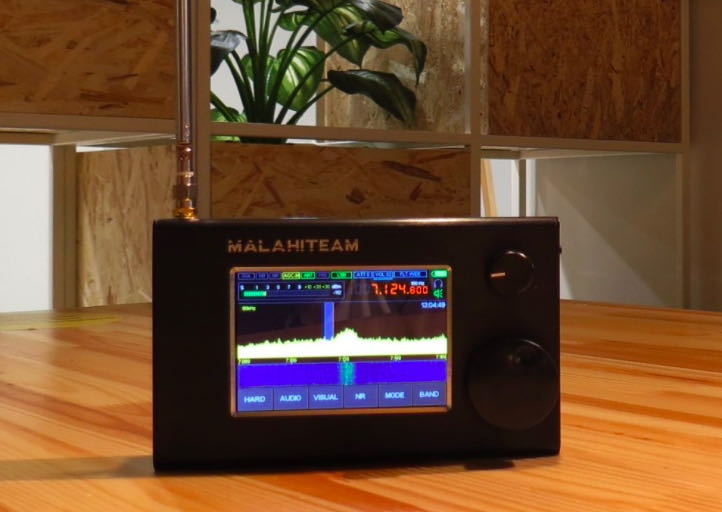 Many thanks to SWLing Post contributor, Dan Robinson, for the following guest post:
Many thanks to SWLing Post contributor, Dan Robinson, for the following guest post:
UPDATE NO 3: Malahit DSP-2 (August 18, 2021)
A few weeks ago, I wrote about my experiences with the Russia-made Malahit DSP-2 receiver, and made a recommendation that potential purchasers of the receiver hold off until the design team in Russia made some changes.
Weak points included the SMA antenna connector – specifically the short cable going from the antenna to the PCB board, and sharp noise spikes seen at numerous locations throughout the spectrum from mediumwave up to 30 MHz.
My particular DSP-2 unit went dead after an update to an early version of the 2.10TEST firmware. At the time, I had spoken via Skype with Georgiy on the Malahit team and kept up a string of communications on the Malahit Telegram channel.
It was not clear to me whether the problem with the first DSP-2 was primarily due to SMA antenna issues or also due to a problem with the firmware update I had applied at the time (it was an early version of 2.10TEST).
My appreciation goes to Georgiy who decided to send a new DSP-2 to me. This took about 3 weeks from the end of July until just recently when the receiver arrived (though the U.S. Postal Service made the end of that journey quite interesting).
Here are some observations that I hope will help current and prospective owners of the DSP-2: Continue reading

